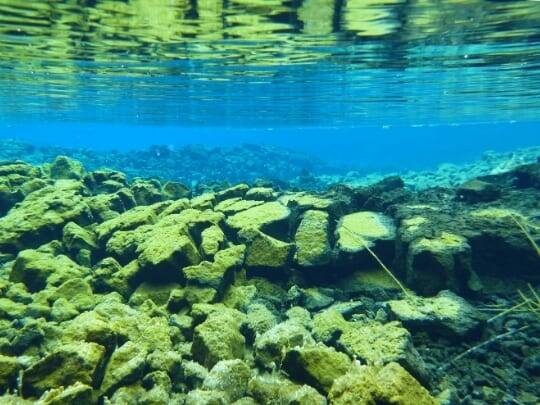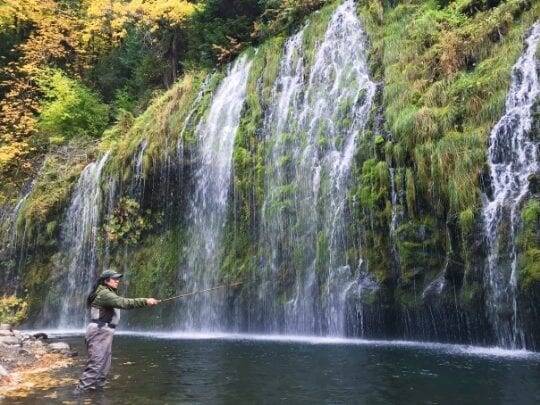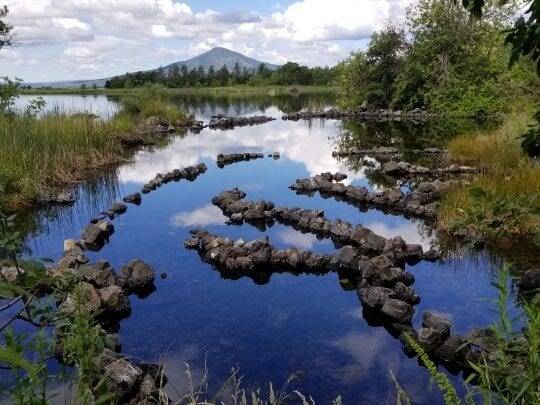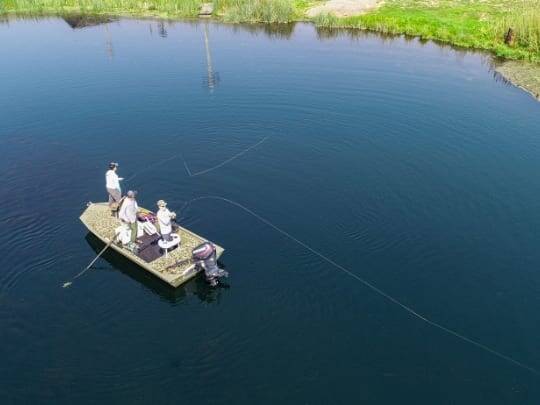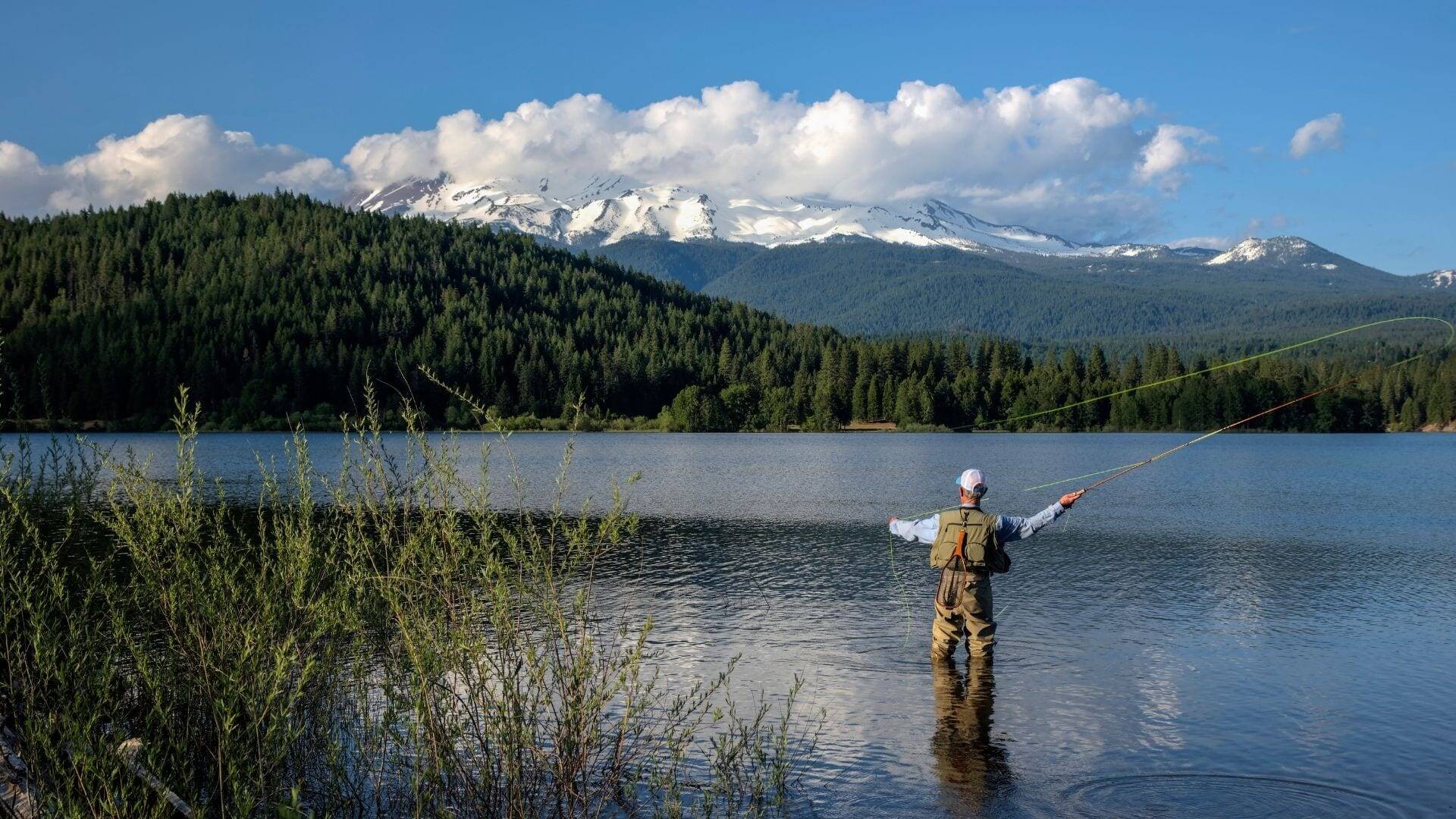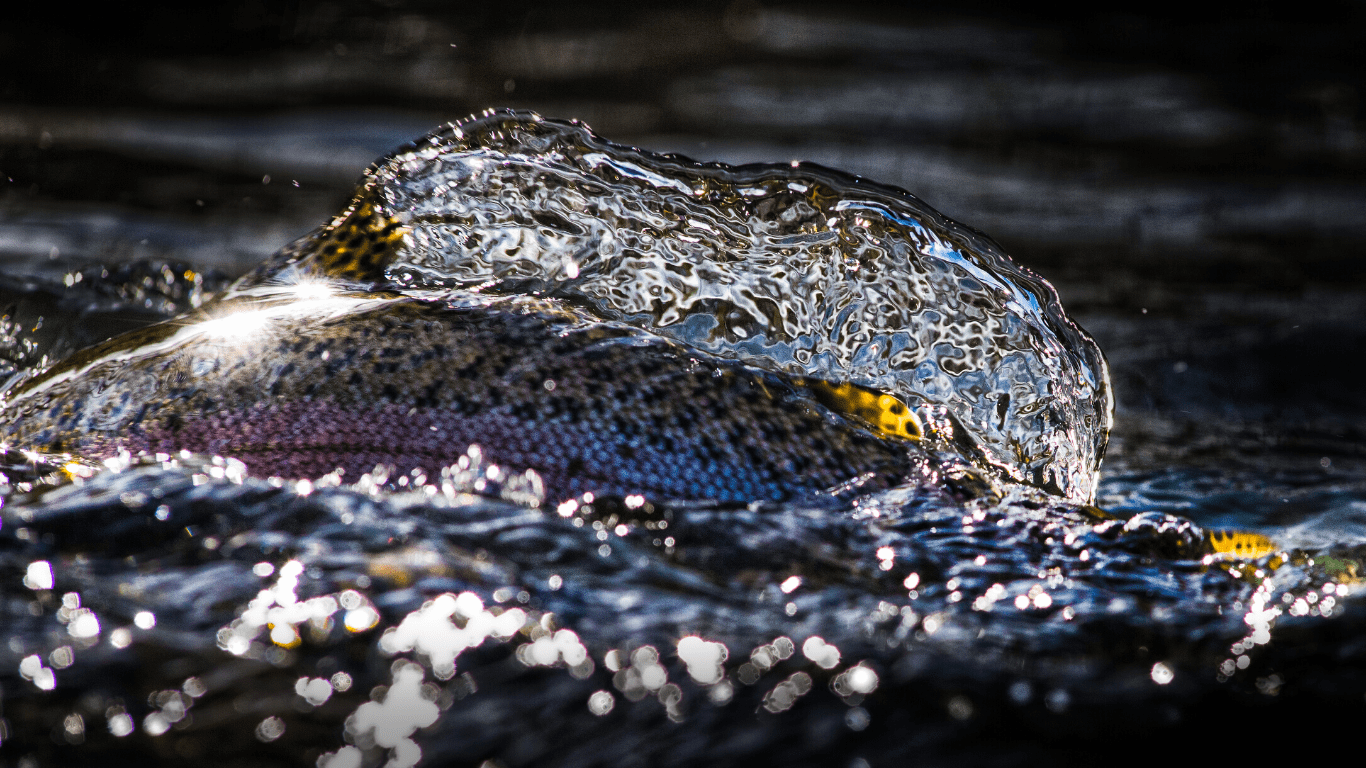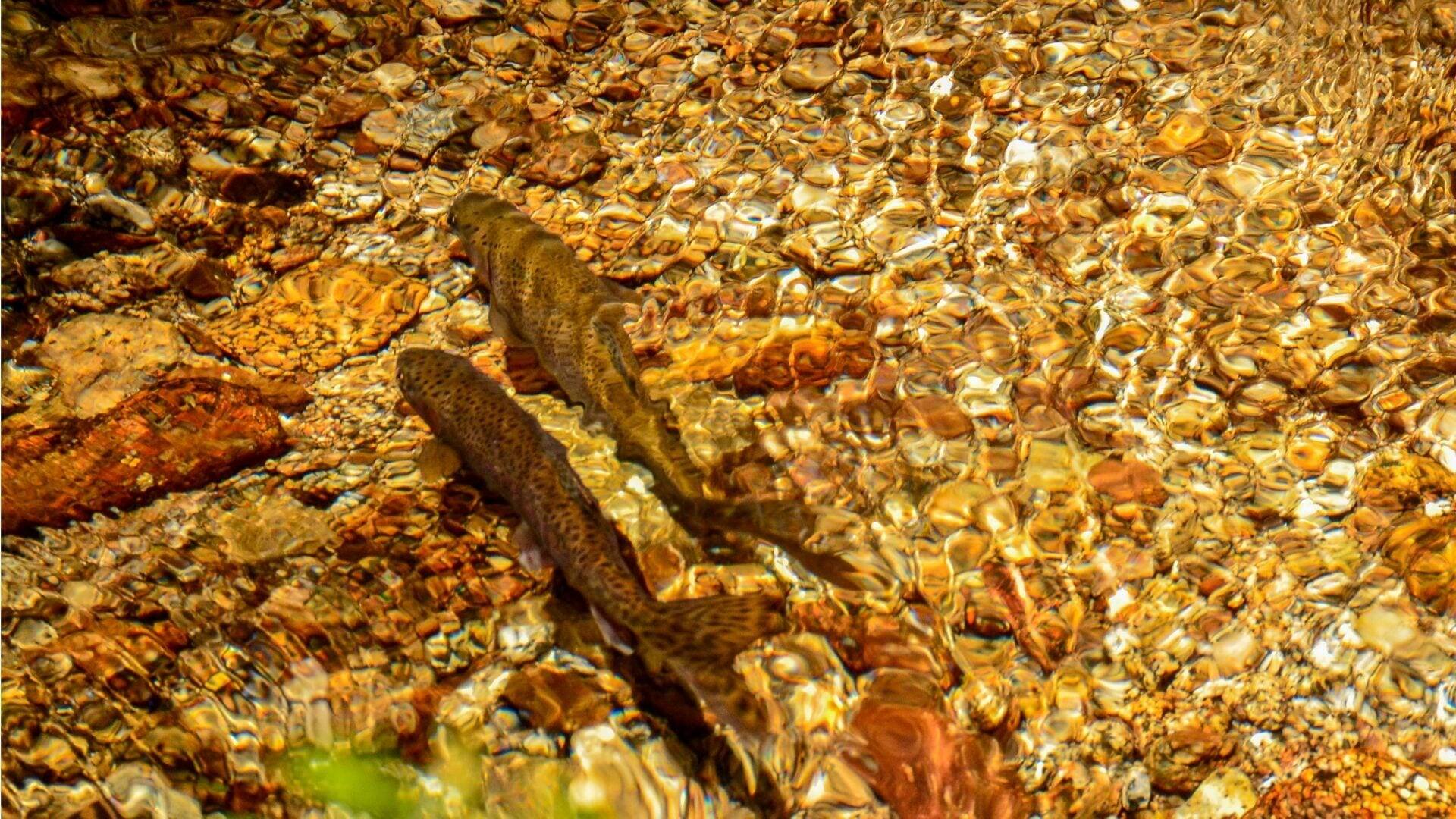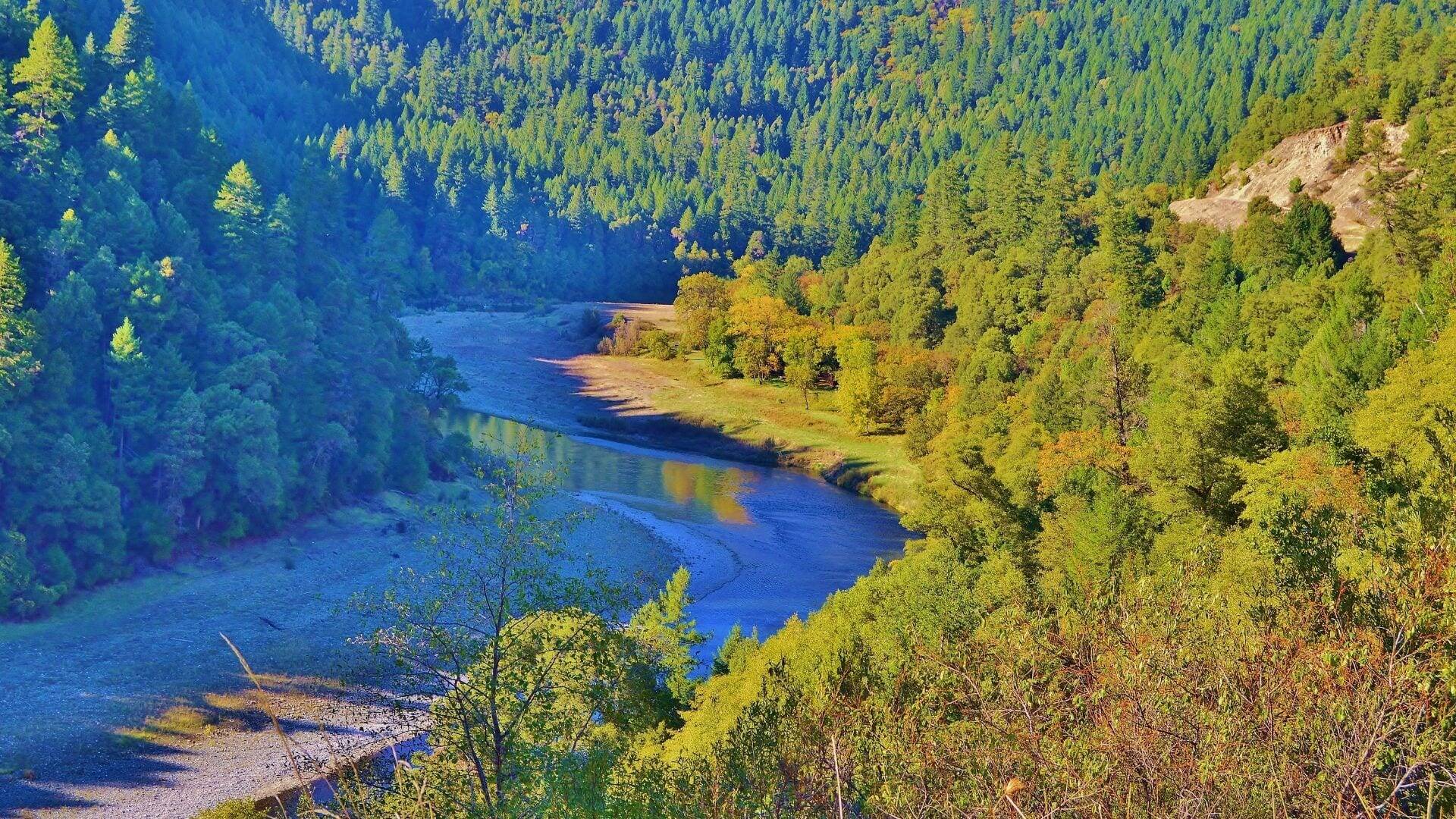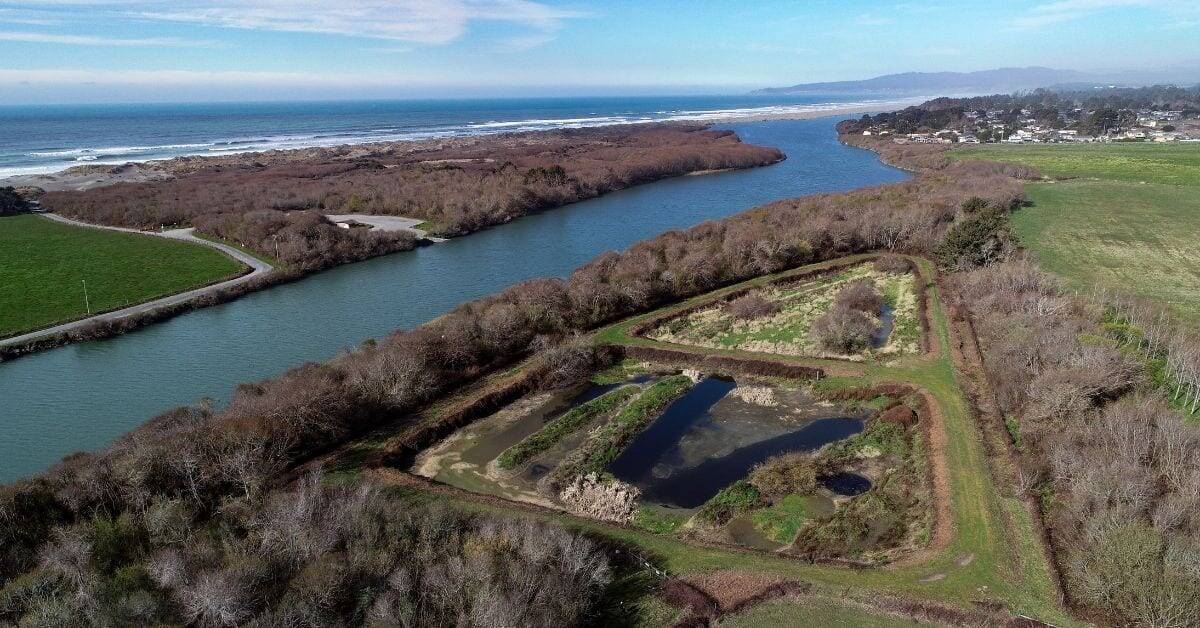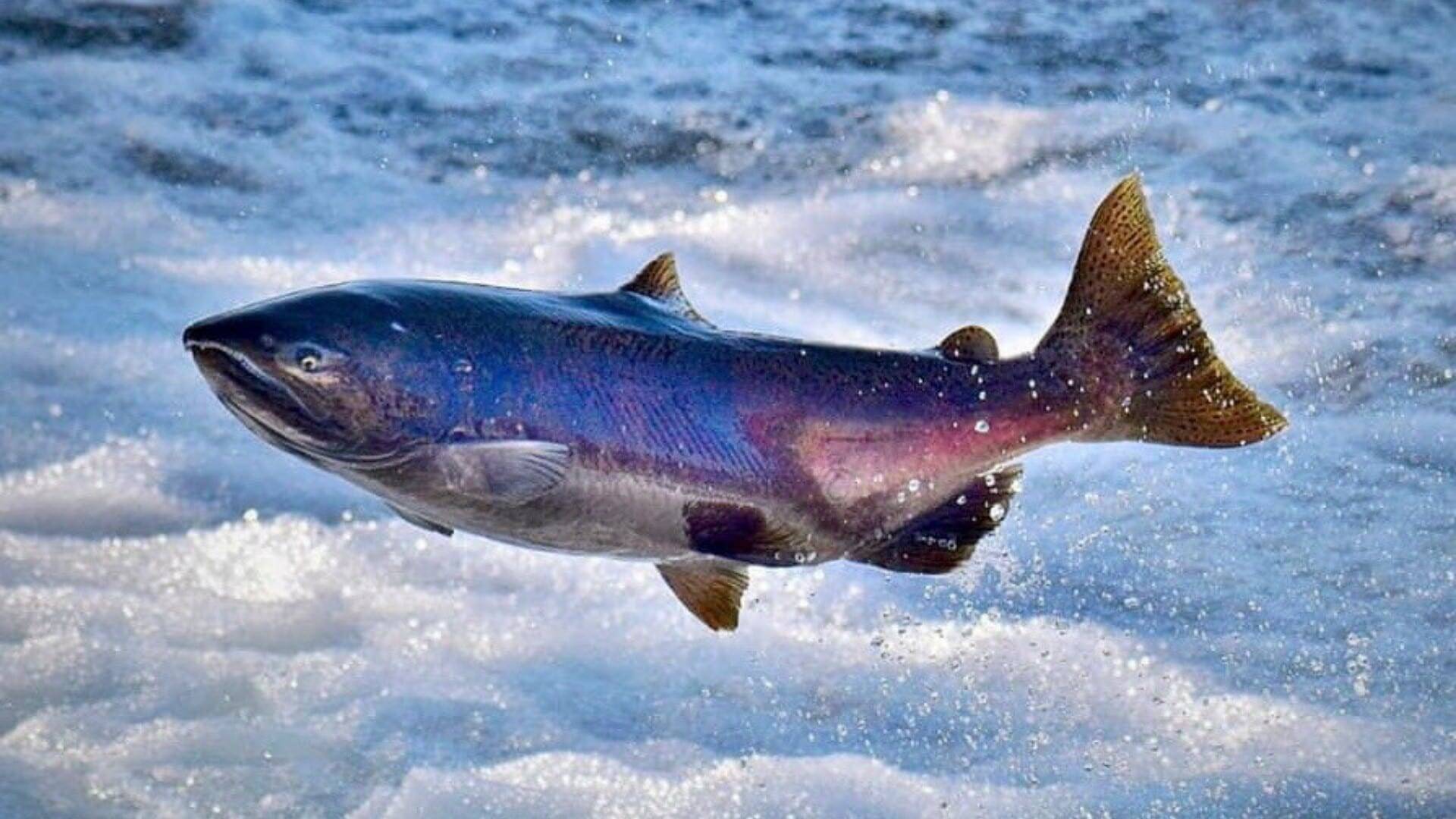By Michael Wier
CalTrout Field Reporter and Videographer
Fall River - The Gem of California's Natural Springs
When you think of California and all it has to offer, what are some of your favorite natural places? Is it the forest, mountains or maybe the beach?
For me, I get the most enjoyment from our cold-water resources.
Naturally when I say, “cold water,” what comes to mind are lakes, rivers, wetlands, delta, estuaries and even reservoirs. These are the areas that I spend the most time fishing, boating, swimming, rafting etc.
However, our natural cold-water resources include a few lesser-known components that are just as important to the entire operating system.
Cover Photo: Ahjumawi Lava Springs by Brian Miller

First, the Sierra snowpack and glaciers in the high country. Snowfields store and release a large majority of California’s cold water into the river systems and lakes on any given year.
High alpine meadows are also natural reservoirs that trap water from snowmelt, spread it out onto the land, and slowly release cold clean filtered water throughout the season.
Meadows are one of the most bio productive components of our water system. They support a lot of terrestrial and aquatic flora and fauna, as well as provide habitat for many of our unique native inland trout. Meadows are also important in storing large amounts of carbon.
Photo: Emerald Bay, Lake Tahoe by Patrick Sheehan
One of the lesser known – but just as important components of the water system – is California’s network of underground aquifers and springs.
Underground aquifers are created when rain and snow melt seeps down into the ground through fissures in the rocks or lava. From there it pools up in ponds, lakes and underground rivers where it hits solid bedrock.
If you are like me and grew up using a well on your property, then you will already know the importance of these underground aquifers. They are truly one of nature’s best tools for storing cold clean water.
With new emerging technologies we can gain a greater understanding of where these aquifers are located and how they work. This opens implications for recharging groundwater aquifers and using natural underground storage options which would alleviate the need for more environmentally impactful and less effective surface storage options such as reservoirs.
Natural springs are places where underground water wells spring up to the surface.
There has always been something very mysterious and romantic about springs for me. It is fascinating to see cold clean water bubbling up out of the earth.
Makes you wonder where it came from, how long it’s been down there and what types of geology it has it flowed through.
Turns out, California Trout funded a study of springs in the Mount Shasta area. By studying specific isotopes, researchers concluded that some of the water had been underground for as long as 25 years before resurfacing.
The average time underground was 8 to 14 years for springs in the Shasta area that is primarily volcanic geology. It also comes up super filtered, clean and cold.
These findings helped California Trout stop a proposed Nestlé water bottling factory from coming into the small community of McCloud which would have impacted the local blue ribbon fisheries.

Historically springs have always been an important resource for California’s residents. Many Native American villages were centered around springs if they were not near year round flowing river.
Springs still provide a large part of our water for hydropower and municipalities. Springs are also a hugely important resource for wild trout, especially in Northern California.
Many of our best wild trout rivers are supplemented by springs that provide year-round cold water.
Some of the best spring-fed wild trout rivers include The Pit River, Hat Creek, The McCloud, The Upper Sacramento and the biggest spring fed river in California, The Fall River.
Photo: Fall River by Mike Wier
The Fall River is part of a vast complex of springs that well up around the Fall River Valley mostly due to volcanic geological formations surrounding the valley.
The Fall River complex includes Spring Creek, Crystal Springs, Ahjumawi Lava Springs State Park, Big lake, Eastman lake and the Tule River all of which are primarily spring fed. The only tributary that is primarily fed by precipitation is Bear Creek which flows into upper fall river.
The Fall River flows a little over 23 miles through the valley and is the largest Spring Creek in California and one of the biggest in the western United States.
Due to the consistent bountiful flows of natural spring water, the Fall River boasts one of the highest populations of wild trout of any of California’s waterways making it a paradise for trout fisherman.
The cold consistent flows support a vast network of aquatic vegetation which in turn supports a huge quantity of aquatic insects. The legendary hatches of Fall River are famous among fly-fisherman.
The most famous of which is the early summer Hex hatch. These giant yellow mayflies can be nearly 2 inches in length and make for quite an experience for lucky anglers who time the hatch right.
For better or worse, depending on how you look at it, much of the upper Fall River is private. Most people access the water by hiring guides out of Fall River Mills or through Clearwater Lodge, which is located nearby on the Pit River.
All the guides that work Fall River have access to private boat launches and can take you up or down the river from there depending on where the best fishing is that day.
There is however one public access point along upper Fall River off Island Rd. that is owned by California Trout and open to the public. You can launch your own craft if you can unload it from your truck and put it in the water by hand. There is no boat ramp. Also, no gas powered motors are allowed at this put-in.
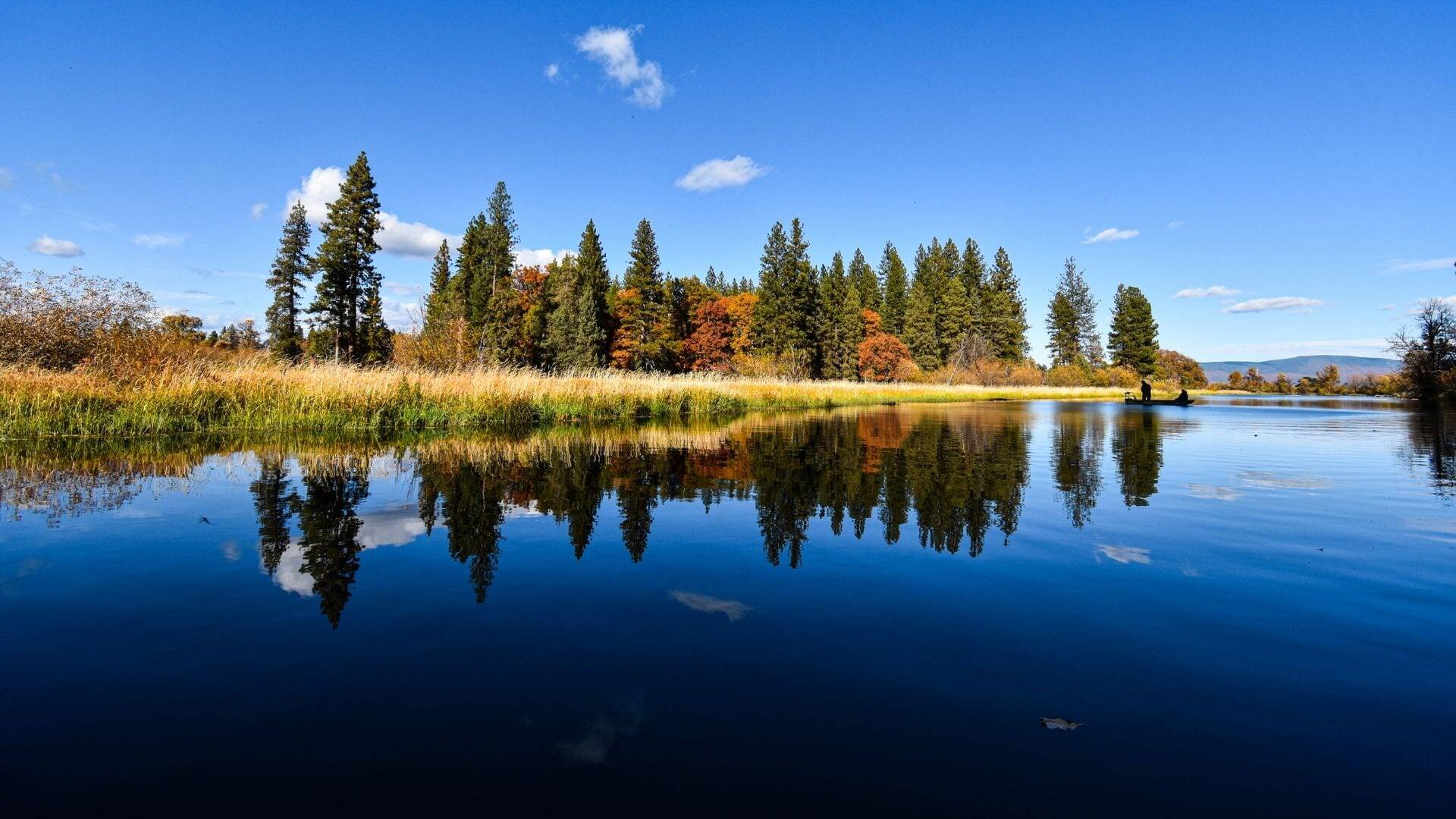
For the past five years, California Trout along with its partners UC Davis Center for Watershed Sciences, the Department of Fish and Wildlife, the Fall River Conservancy and Orvis have been conducting a study of the wild trout population.
In addition to population dynamics and how fish move throughout the system the study has concluded that there are two distinct sub populations of rainbows within the fall river complex.
Most fish in Fall River can spawn eight months out of the year because of the cold consistent temperatures of the springs and the perfect substrate in and around the springs. This population makes up over 3/4 of the overall number of wild trout. The other sub population spawn exclusively in Bear Creek and maintain traditional spawning times in the spring based on rain and snow melt flows.
After spawning, the fish all intermingle within the entire Fall River complex and all of the trout have the ability to move around throughout the entire fall river complex throughout the year.
This information led CalTrout to helping advocate for more consistent regulations throughout the Fall River system. In this latest round of California regulatory overhaul of the fishing regulations we’ve advocated for a uniform regulation throughout the entire fall river complex and better protections for wild trout.
The current proposed new regulations will allow for year-round fishing and harvest of two wild trout during the summer season and catch and release surfing the winter months.
Photo: Upper Fall River by Brian Miller
In addition to fishing, the spring waters from Fall River supports an abundance of other wildlife including thousands of migratory birds. There is also a robust agricultural economy thriving within the fall river valley bases around that cold clean water.
When the river leaves the valley a portion of it is immediately piped to the Pit one powerhouse for Hydropower generation. From there that same water flows through a network of five different power houses along the Pit River before reaching Shasta reservoir. The power generated from that water supports thousands of homes and hundreds of communities throughout California. Shasta is the largest reservoir in California by volume.
The Pit River being the biggest tributary with a large amount of its volume contributed by the Fall River springs. From Shasta reservoir the lower Sacramento River carries water to hundreds more communities and fuels Millions of dollars worth of agricultural enterprises throughout the Central Valley. Some of that water even find its way all the way down to Southern California making its way over the grapevine and into the greater Los Angeles basin.
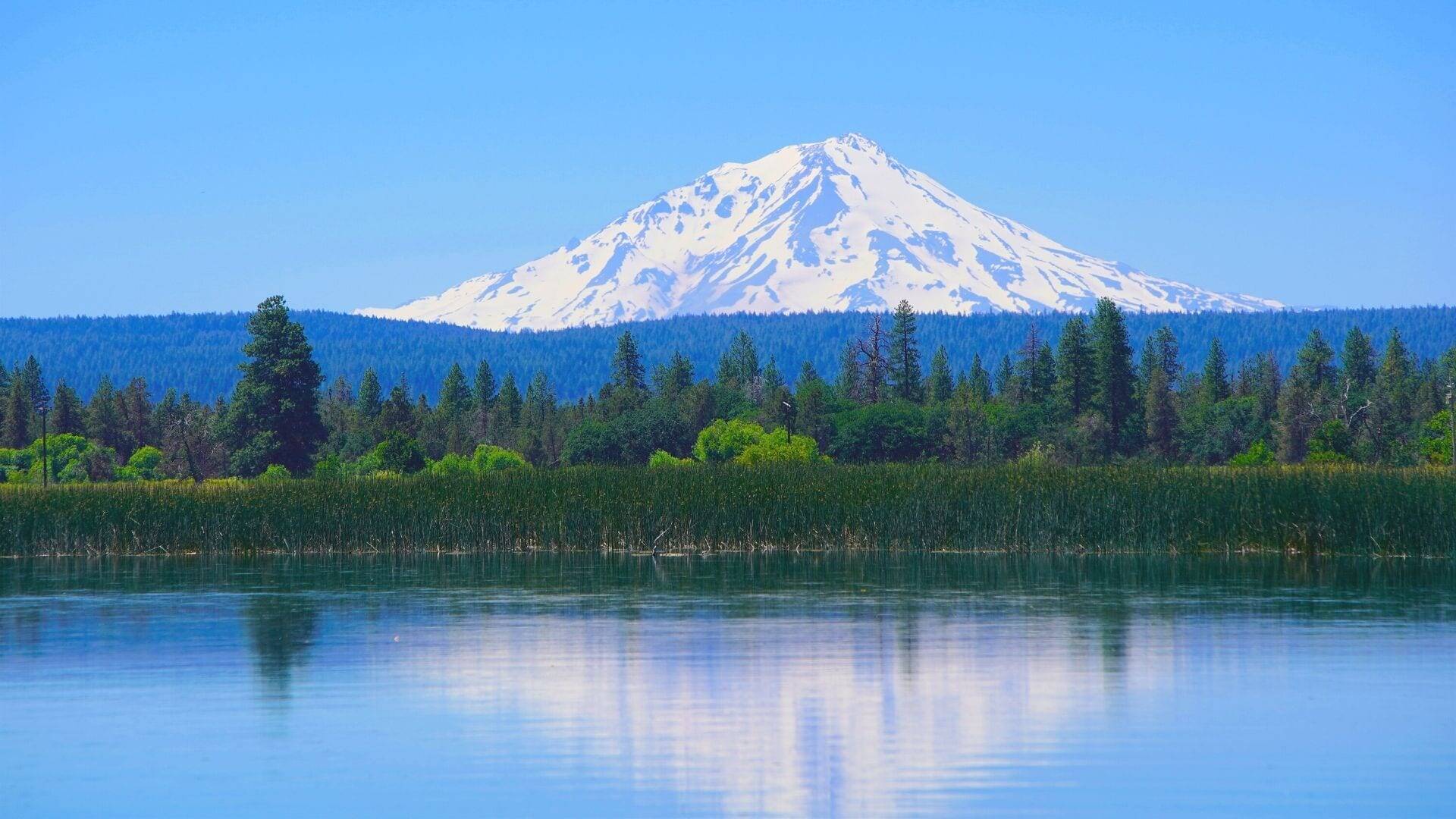
I hope this story helps illustrate that California’s natural springs are not only a great resource for recreation and wild trout fishing but are also one of our greatest ecological assets.
Please help us in studying and protecting California’s natural spring water resources. For more information on the work we do visit caltrout.org.
Photo: Mt. Shasta reflected in the Fall River by Mike Wier






